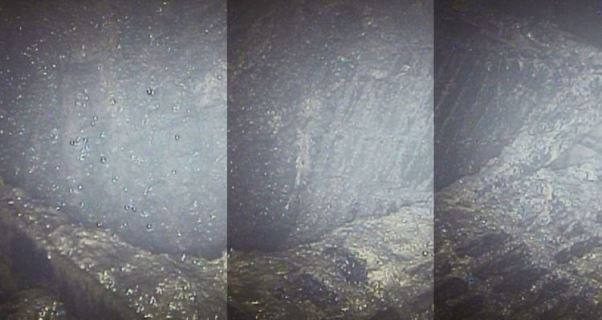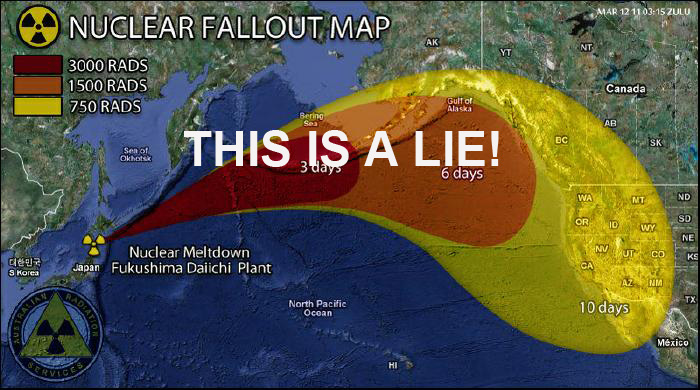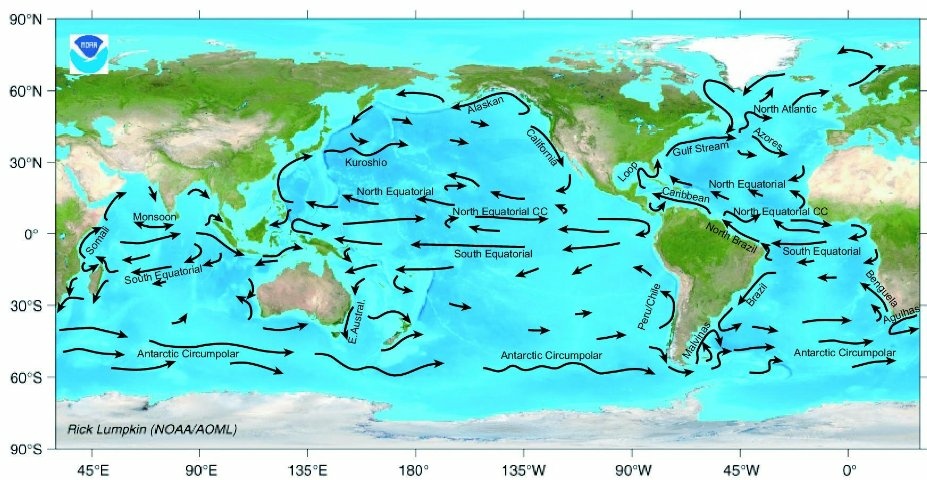Hamartia Antidote
ELITE MEMBER

- Joined
- Nov 17, 2013
- Messages
- 35,188
- Reaction score
- 30
- Country
- Location
http://www.theverge.com/2017/2/10/14580674/fukushima-record-high-radiation-cleaning-robot-recalled
A robot sent into a Fukushima reactor to inspect and clean the nuclear plant had to abruptly end its mission after excess radiation fried the robot’s camera. It was the first time a robot had entered the Unit 2 reactor since the 2011 earthquake and tsunami, reports the Associated Press.
THE ROBOT ENDURED AN ESTIMATED RADIATION OF 650 SIEVERTS PER HOUR
The cleaning robot was recalled after just two hours into the mission after enduring an estimated radiation of 650 Sieverts per hour according to noise analysis of the images transmitted by the robot before its camera went dark. The robot was designed for up to 1,000 Sieverts of cumulative exposure.
The AP reports that level of radiation would kill a human being instantly. After the cameras started malfunctioning, the team decided to pull the robot back from its mission before losing it entirely. Images captured from the chamber before the robot malfunctioned showed layers of melted paint, cable insulation, and metal grates.

Tokyo Electric Power Company said the robot was deployed to observe and clear the passageway with a high-pressure water nozzle so the team could send another robot to assess the structural damage. Pulling the first robot early means the follow-up machine will have more work to do and less time to do it, since both robots were designed to withstand the same amount of radiation.
The high levels of radiation may seem alarming, but there’s good news: it's contained, and there are no reports of new leaks from the plant. That means that the radiation shouldn't affect nearby townships. Higher levels of radiation could also mean the robot is getting closer to the precise source of radioactivity to properly remove the melted fuel.
A robot sent into a Fukushima reactor to inspect and clean the nuclear plant had to abruptly end its mission after excess radiation fried the robot’s camera. It was the first time a robot had entered the Unit 2 reactor since the 2011 earthquake and tsunami, reports the Associated Press.
THE ROBOT ENDURED AN ESTIMATED RADIATION OF 650 SIEVERTS PER HOUR
The cleaning robot was recalled after just two hours into the mission after enduring an estimated radiation of 650 Sieverts per hour according to noise analysis of the images transmitted by the robot before its camera went dark. The robot was designed for up to 1,000 Sieverts of cumulative exposure.
The AP reports that level of radiation would kill a human being instantly. After the cameras started malfunctioning, the team decided to pull the robot back from its mission before losing it entirely. Images captured from the chamber before the robot malfunctioned showed layers of melted paint, cable insulation, and metal grates.

Tokyo Electric Power Company said the robot was deployed to observe and clear the passageway with a high-pressure water nozzle so the team could send another robot to assess the structural damage. Pulling the first robot early means the follow-up machine will have more work to do and less time to do it, since both robots were designed to withstand the same amount of radiation.
The high levels of radiation may seem alarming, but there’s good news: it's contained, and there are no reports of new leaks from the plant. That means that the radiation shouldn't affect nearby townships. Higher levels of radiation could also mean the robot is getting closer to the precise source of radioactivity to properly remove the melted fuel.





















